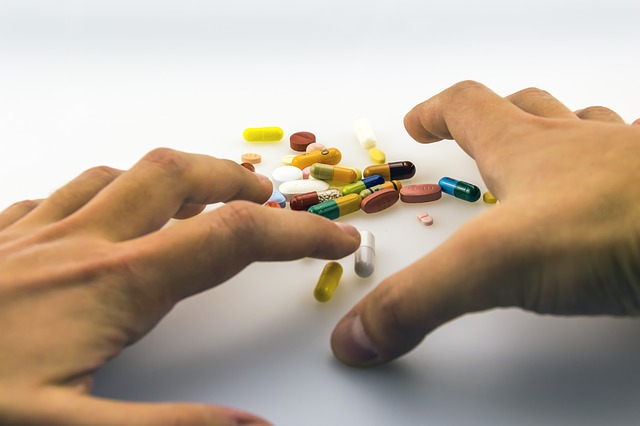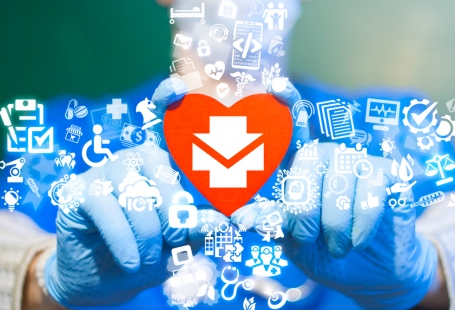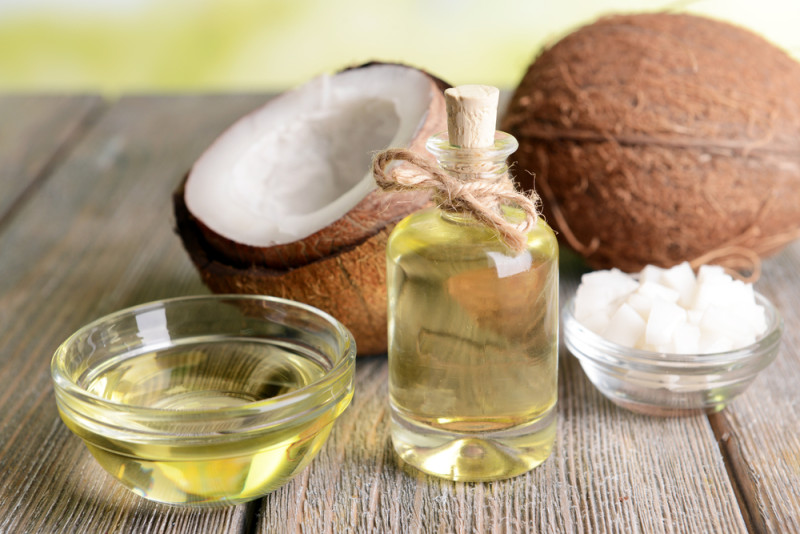How certain are you that the prescription medication you are taking right now is exactly what your doctor ordered? It may seem a little frightening to consider that counterfeit prescription medications have penetrated the United States at an alarming rate.
The international law enforcement organization INTERPOL operates a pharmaceutical investigation unit called “Operation Pangea.” How big is the problem with counterfeit drugs? In 2011, Operation Pangea seized 2.4 million artificial medications, but by 2015, the number of counterfeit pills and prescriptions seized leapt to 20.7 million, indicating a significant concern, according to Danbury defective drug lawyers.
The idea that anyone would manufacturer artificial drugs was unheard of and not tracked internationally until 2005, when the Operation Pangea was first founded as a pharmaceutical crime unit, working cooperatively with both developed and developing nations. In 2016, the Drug Enforcement Administration (DEA) announced that counterfeit drugs constituted an epidemic, reporting that American fatalities from synthetic opioids had increased by 79 percent between 2013 and 2015.
We will discuss the risks and challenges that authorities face to identify, track, and apprehend illicit manufacturers, and provide tips to help reduce consumer risk of purchasing counterfeit drugs from illegal operations that are estimated to gross more than $200 billion dollars annually.

What is a Counterfeit Drug?
Drugs that have been duplicated by an unauthorized manufacturer may only contain a small amount of the active substance needed to treat the patient for a health condition. Sold at a discount, counterfeit drugs are impossible to detect by small independent pharmacies, unless the drug is sent for testing and consistently checked in lots to determine compound nutrients and active ingredients. By reducing the percentage of the active medicinal ingredient, illegal manufacturers can offer a slight discount for the substantially ineffective drug, and increase profit margins.
Counterfeit drugs can also contain zero percent of the active ingredient, and in the worst cases, some of these drugs can contain other ingredients that are not controlled substances, which can do additional harm to the patient. Often, the substituted compounds are added to create some noticeable effect to help convince the user that the prescription is “doing something” inside the body, but often the substituted compounds can be contraindicated with other drugs, and lead to significant health complications or even death.
Where Are the Counterfeit Drugs Manufactured?
One of the aspects that makes counterfeit drug manufacturers so difficult to track and apprehend is that they are in foreign countries and are moving their product through multiple channels before being illegally imported into the United States. Per the Office of the US Trade Representative (USTR), the following countries are most frequently indicted with manufacturing and distributing counterfeit medications domestically for export to the United States:
- Brazil
- China
- Guatemala
- India
- Columbia
- Indonesia
- Lebanon
- Peru
- Russia
China has also introduced new legislation that makes it more difficult for legitimate pharmaceutical patent owners to take legal action against companies that provide unauthorized reproductions of registered, patented drugs – a deliberate move to make it harder to indict and prosecute Chinese counterfeit drug and illegal generic drug manufacturers. However, law enforcement and government in Singapore and Japan have cooperated extensively with INTERPOL and American drug enforcement organizations to stem the export of Chinese-manufactured counterfeit drugs into Europe and North America.
Counterfeit drugs are also strongly linked to drug cartels worldwide, who use the same distribution systems as are used for other types of Scheduled illicit drugs, including marijuana, heroin, and cocaine. As authentic prescription drugs continue to increase in price, the black-market demand continues to rise exponentially, fueled by consumers who are desperate to find economical alternatives. Unfortunately, the desire to save money can lead to taking risks by purchasing through unauthorized sources and channels, including a growing number of Americans who are traveling to Latin American countries, such as Mexico, to purchase at a discount.
The FDA prohibits the illegal import of unverified medications from foreign countries, but consumers often pour the tablets and pills into prescription bottles from their local pharmacy, and the counterfeit pills can pass virtually unquestioned and undetected through customs. However, the growing proliferation of online Internet pharmacies makes the drugs more difficult to find and deter; many counterfeit medication manufacturers also use “the dark web” to connect to crime syndicates for import and export partnerships.
In 2006, the U.S. Attorney’s Office arrested 18 people for a multimillion dollar international counterfeit drug ring that involved Viagra and other popular medications. The proceeds from the syndicate sales were used to fund the Middle East terrorist group Hezbollah, but was based in Dearborn, Michigan and was funneling counterfeit medications from China and Eastern Europe.
Counterfeit Drugs Are Causing Fatalities in Developing Nations
The problem with fake prescription medications does not only impact the United States, but it is a global problem that is already contributing to injuries and large numbers of fatalities in developing countries where drug control laws are historically laxer. Recent insights from INTERPOL estimate that there are more than 1 million deaths annually – caused by health complications due to counterfeit drugs – around the world.
How Patients Can Reduce Costs and the Risk of Counterfeit Substitutions
There is an adage that states “you get what you pay for.” While many consumers find themselves in a situation where a trusted local pharmacy has replaced brand name and generic drugs for ineffective counterfeits, your risks of encountering the problem are lower with a major pharmacy chain.
Americans who are looking to save money should start with national chains such as Walmart for prescription medications. By negotiating with manufacturers, private health insurance companies such as Blue Cross Blue Shield offer exclusive discounts through retail chains like Walmart. Given the high volume of prescriptions purchased by the retail chain pharmacy division, the inspection and random testing of drugs is consistent, reducing the risk of substituted drugs.
It is also important to help authorities stem the supply of counterfeit medications. If you suspect that you have received a counterfeit drug through your physician or pharmacy, you can report it to “the partnership for safe medications,” a website and program run by the FDA.




